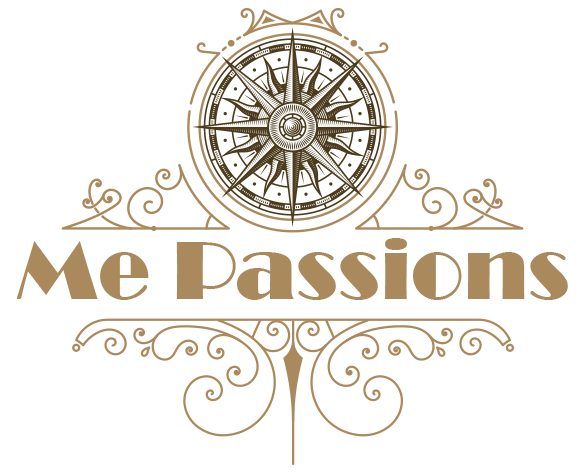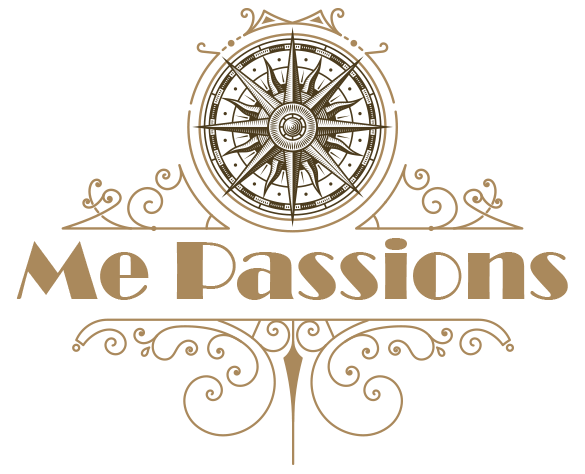75th Anniversary Noir – 2025 Edition
If it’s
February at the Noir Nook, it’s time to take a look at the 75th anniversary
release of some of my favorite noirs. And 1950 served up a veritable
smorgasbord of first-rate shadowy features! I always single out four films each
year on which to shine the anniversary spotlight, but whittling down the
outstanding releases from 1950 was like pushing a boulder up a steep hill – not
impossible, but darned difficult!
I finally
managed to decide on my Final Four, but I also have to give the nod to some of
the many fine films that didn’t make the cut: The Asphalt Jungle, The
Damned Don’t Cry, D.O.A., No Man of Her Own, and Shakedown.
You can put all of these films in a bag, shake ‘em up, and select any one – you
simply cannot go wrong. But in the meantime, here’s my look at the four
features from 1950 that I absolutely love the best.
…..
The Breaking
Point
This feature,
starring John Garfield, Phyllis Thaxter, and Patricia Neal, was the second of
three film adaptations of Ernest Hemingway’s 1937 novel, To Have and Have
Not. (The first, with the same name as the novel, was released in 1944 and
starred Humphrey Bogart and Lauren Bacall, and the third, The Gun Runners,
starred Audie Murphy and was released in 1958.) The story focuses on Garfield’s
character, Harry Morgan, an ex-Naval officer who lives with his wife, Lucy
(Thaxter), and two daughters, and operates a charter fishing boat in Newport
Beach, California. Barely able to make the payments on his boat, Morgan is
pressured into an illegal operation by a shady lawyer (Wallace Ford) and his
life is complicated further by the presence of Leona Charles (Neal), a sexy passenger
with eyes for Morgan. Also on hand, providing a combination of reasonable
objections and loyal support is Morgan’s right-hand man, Wesley Park (Juano
Hernandez).
The Breaking
Point doesn’t get a lot of attention, and that’s a real shame. It has a
first-rate pedigree: direction by the great Michael Curtiz, a fabulous cast, and
the stamp of approval from Hemingway himself, who considered it to be the best
adaptation of any of his books. I really can’t say enough about how good this
movie is, from start to finish – and speaking of the finish, the ending is one
of the most gut-punching in all of film noir and one you won’t soon forget.
Favorite quote:
“All I got left to peddle is guts. I’m not sure I got any. I have to find out.”
– Harry Morgan
…..
Gun Crazy

Based on a
short story, “Deadly is the Female,” written by MacKinlay Kantor and published
in the Saturday Evening Post, Gun Crazy tells the story of ill-fated
lovers Annie Laurie Starr (Peggy Cummins) and Bart Tare (John Dall), who go
together, as Bart observes, “like guns and ammunition.” After a unique
meet-cute at a carnival where Annie works as a sharpshooter, the two fall in
love and get married, but when they can’t make ends meet, they’re pushed into a
life of crime (with Annie doing the shoving). They start out with small-time thefts,
but eventually advance to bank robberies and an intricate payroll heist – and
Annie’s penchant for shooting first and never asking questions leaves a trail
of dead bodies in their wake. It’s a love story that’s doomed from the start.
Whether they’re
eating (very tasty-looking) burgers at a diner, shooting up a gumball machine
during a robbery of a Travelers Aid kiosk, or doing simultaneous U-turns in the
middle of a road because they can’t bear to part, Annie and Bart are positively
riveting. Director Joseph Lewis (who also helmed the noir gems My Name is
Julia Ross [1945] and The Big Combo [1955]) does a masterful job of
spinning a tale that makes us root for those crazy kids to make it safely to
Mexico and live ever after happily.
Favorite quote:
“I’ve been kicked around all my life, and from now on, I’m gonna start kicking
back.” – Annie Laurie Starr
…..
Night and
the City

Directed by
Jules Dassin and set in London, this feature shines the spotlight on Harry
Fabian (Richard Widmark), a small-time grifter whose life revolves around his
determination to get rich quick, by whatever means necessary. His latest scheme
centers on becoming a wrestling promoter, with an aging Greco-Roman wrestler
named Gregorius (Stanislaus Zbyszko) as his prime attraction. The problem is, outside
of Harry’s natural penchant for screw-ups, his business is shakily financed
through a backdoor deal with his boss’s wife Helen Nosseross (Googie Withers), and
Gregorius’s mobster son Kristo (Herbert Lom) is none too happy about his
father’s exploitation by Harry. The plot is superbly supported by Gene Tierney
as Mary Bristol, Harry’s long-suffering girlfriend; Francis L. Sullivan as
Harry’s vindictive boss, Phillip; and Mike Mazurki as a wrestler under Kristo’s
employ.
For my money, Night
and the City gives us Richard Widmark’s best performance, as he brings to
life a character who is alternately pitiable, admirable, and repugnant. As the
centerpiece of the film, he’s got his fingers in all sorts of tangled human connections,
from the estrangement between Gregorius and Kristo, to the miserable marriage
of Phillip and Helen Nosseross, and his own tenuous relationship with Mary. The
film is fascinating on so many levels and delivers a shocking climax that’ll
practically leave you breathless.
Favorite quote:
“Harry. You could have been anything. Anything. You had brains. Ambition. You
worked harder than any 10 men. But the wrong things. Always the wrong things.”
– Mary Bristol
…..
Sunset Blvd.

William Holden
stars in this film as Joe Gillis, a down-on-his-luck screenwriter whose luck is
so down that he can’t sell his work and he’s just one step ahead of the men who
are trying to repossess his car. While fleeing the repo men, Joe serendipitously
(or not, as it happens) turns into the driveway of one Norma Desmond (Gloria
Swanson), an eccentric, isolated, former silent film star who gives “living in
the past” a whole new meaning. Viewing Norma as the foundation for an easy
payday, Joe agrees to move into her house and edit the massive screenplay she’s
writing for her return to the silver screen. Unfortunately, for Joe, the best
laid plans of mice and men often go awry, and he soon learns that all that
glitters isn’t gold. (Did I put enough cliches into that?) Adding to the film’s
action are Max Von Mayerling (Erich von Stroheim), Norma’s chauffeur,
right-hand man, and first husband; and Betty Schaefer (Nancy Olson), a would-be
writer who falls in love with Joe.
Arguably one of
cinema’s most iconic films, Sunset Blvd. is one of those features that I
simply cannot see too many times. It’s chock full of unforgettable lines,
scenes, and sets, and helmed by one of my favorite directors, Billy Wilder. And
in addition to the leading quartet of performers, the cast includes small but
standout performances by Fred Clark, as a Paramount Studios producer with
stomach issues; Lloyd Gough, as Joe’s unsympathetic and unhelpful agent; and,
of course, as Norma’s card-playing partners (who Joe dubs “The Waxworks”),
Buster Keaton, Anna Q. Nilsson, and H.B. Warner. It’s a stellar production in
every way.
Favorite quote:
“We didn’t need dialogue. We had faces!”
What are some of your favorite noirs from 75 years ago? Leave a comment and let me know!
…
– Karen Burroughs Hannsberry for Classic Movie Hub
You can read all of Karen’s Noir Nook articles here.
Karen Burroughs Hannsberry is the author of the Shadows and Satin blog, which focuses on movies and performers from the film noir and pre-Code eras, and the editor-in-chief of The Dark Pages, a bimonthly newsletter devoted to all things film noir. Karen is also the author of two books on film noir – Femme Noir: The Bad Girls of Film and Bad Boys: The Actors of Film Noir. You can follow Karen on Twitter at @TheDarkPages.
If you’re interested in learning more about Karen’s books, you can read more about them on amazon here:










